Monitor lizards represent some of the most fascinating and challenging reptiles in the exotic pet trade. These intelligent, powerful reptiles have captured the imagination of herpetoculturists worldwide with their dinosaur-like appearance and complex behaviors. However, the decision to bring one of these magnificent creatures into your home shouldn’t be made impulsively. Monitor lizards require specialized care, substantial space, and long-term commitment that far exceeds the needs of more common reptile pets. This comprehensive guide will walk you through the essential considerations before welcoming a monitor lizard into your household, helping you make an informed decision about whether these remarkable reptiles are the right fit for your lifestyle.
Understanding Monitor Lizard Species Diversity
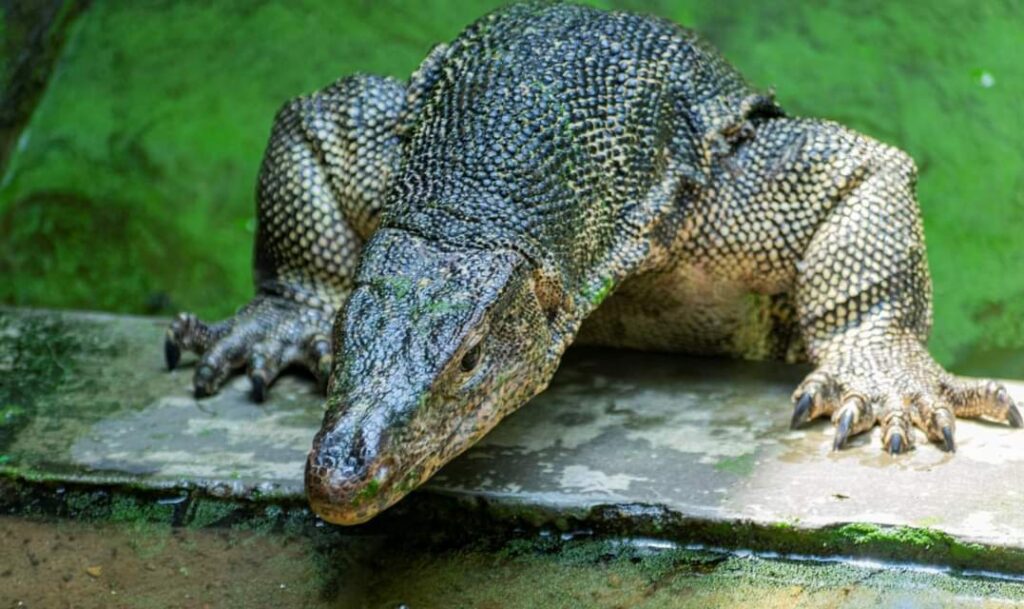
The Varanidae family encompasses over 70 species of monitor lizards, ranging dramatically in size, temperament, and care requirements. The smallest monitors, like the Short-tailed Monitor (Varanus brevicauda), reach only about 8-12 inches in length, while the massive Komodo Dragon (Varanus komodoensis) can grow to over 10 feet and weigh more than 150 pounds.
Between these extremes lie species commonly kept as pets, such as Savannah Monitors, Ackie Monitors, Black Throat Monitors, and Water Monitors. Each species has evolved for specific habitats and lifestyles, from desert-dwelling to semi-aquatic, resulting in vastly different husbandry needs.
Before selecting a monitor species, thorough research into its natural history, adult size, and specific requirements is absolutely essential for providing appropriate care. The species you choose will determine virtually every aspect of your long-term care commitment, from enclosure size to diet to behavioral management.
Size and Space Requirements
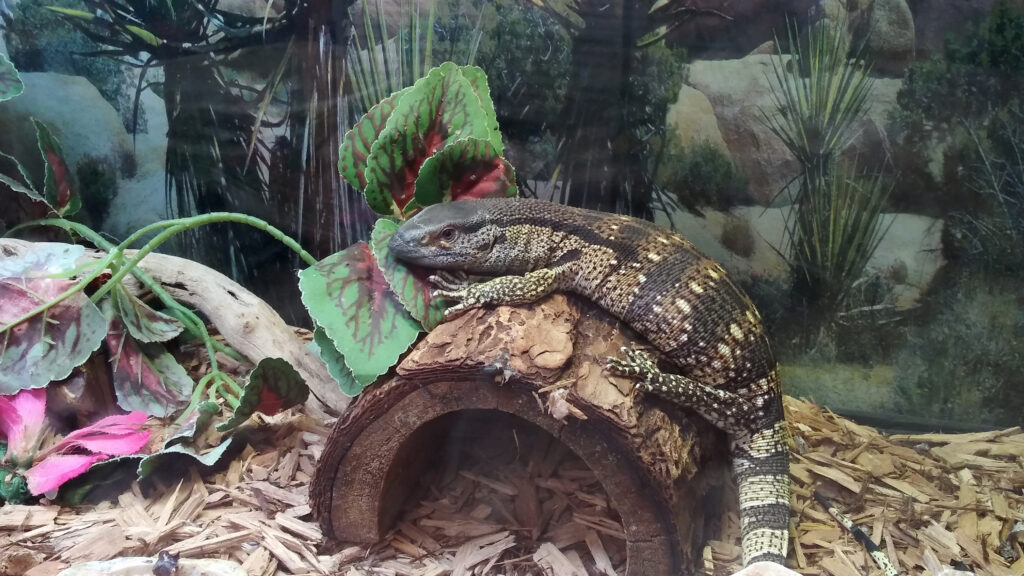
Perhaps the most significant consideration for potential monitor owners is the substantial space these animals require. Even the smallest pet-suitable monitors need enclosures measuring at least 4×2×2 feet, while larger species require custom-built enclosures that may occupy an entire room. For example, an adult Water Monitor (Varanus salvator) can reach 7+ feet and requires an enclosure with dimensions approaching 10×6×6 feet at minimum.
These habitats must include appropriate substrate depth for digging, climbing structures, hiding spots, and often a large water feature, further increasing the footprint needed. Additionally, monitors are active, curious animals that need room to explore and exercise – cramped conditions lead to stress, health problems, and behavioral issues. Before committing to a monitor, honestly assess whether your living situation can accommodate such large habitat requirements for the 10-20+ year lifespan of the animal.
Legal Considerations and Permits
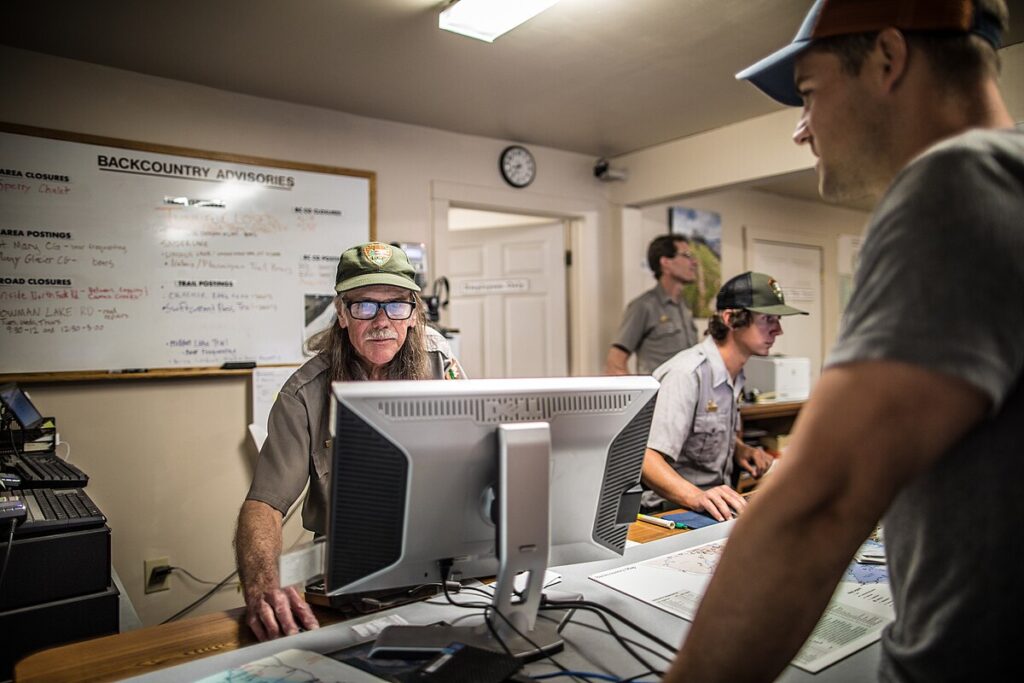
The legality of keeping monitor lizards varies dramatically by location, making it essential to thoroughly investigate local, state, and federal regulations before acquisition. In many jurisdictions, certain monitor species require special permits, licenses, or registrations, while others are completely prohibited.
For example, in some U.S. states, all Varanus species are regulated as “dangerous wildlife,” requiring extensive permitting processes. Even in areas where monitors are legal, housing regulations, homeowners associations, or rental agreements may prohibit exotic reptiles.
Additionally, the source of the animal matters legally – some monitor species are protected under CITES (Convention on International Trade in Endangered Species), making it illegal to import wild-caught specimens. Violation of these regulations can result in substantial fines, confiscation of the animal, and even criminal charges, so verify legal compliance before pursuing monitor ownership.
Financial Investment

The financial commitment required for proper monitor lizard care extends far beyond the initial purchase price. While acquisition costs range from $150 for common species to several thousand dollars for rare varieties, this represents only a fraction of the total investment. The proper enclosure alone can cost $1,000-$5,000 or more when accounting for materials, heating elements, UVB lighting, thermostats, and environmental enrichment. Food costs are substantial as well, with larger monitors consuming significant quantities of protein-rich foods like rodents, eggs, and appropriate insects. Regular veterinary care from an exotic animal specialist—including preventative check-ups and potential emergency treatments—adds hundreds to thousands of dollars annually. Additional expenses include electricity costs for maintaining proper temperatures, substrate replacements, water filtration systems for semi-aquatic species, and ongoing habitat maintenance. Prospective owners should budget realistically for both initial setup and long-term care before bringing home a monitor lizard.
Diet and Nutrition Complexity
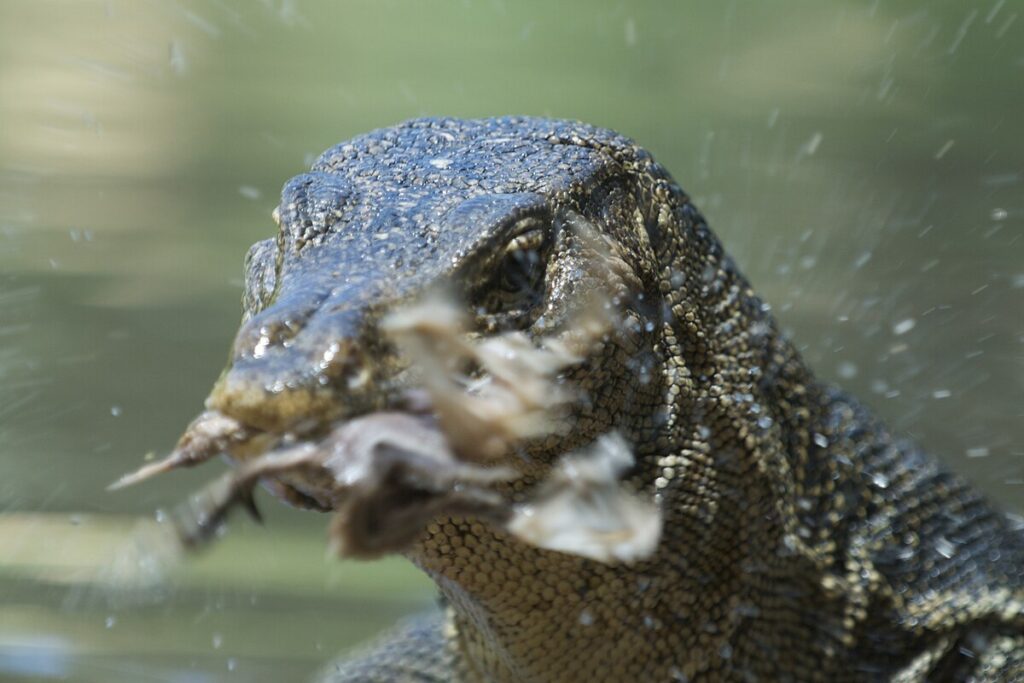
Monitor lizards require carefully balanced, species-appropriate diets that can be both expensive and time-consuming to prepare. While often characterized as carnivores, many monitor species are actually omnivores with complex nutritional needs that vary throughout their development.
Juvenile monitors typically require higher protein diets focused on appropriately-sized insects, while adults may need varied combinations of whole prey items (mice, rats, quail), invertebrates, eggs, and occasional plant matter depending on the species. Proper calcium-to-phosphorus ratios must be maintained through supplementation to prevent metabolic bone disease, a common ailment in captive monitors.
Food preparation involves not just acquisition of appropriate items but also proper storage, thawing protocols for frozen prey, and careful feeding schedules to prevent obesity. Certain species have specialized dietary requirements—for example, Water Monitors benefit from freshwater fish and crustaceans, while some African monitors need specific insect diversity to thrive.
Temperature and Environmental Requirements
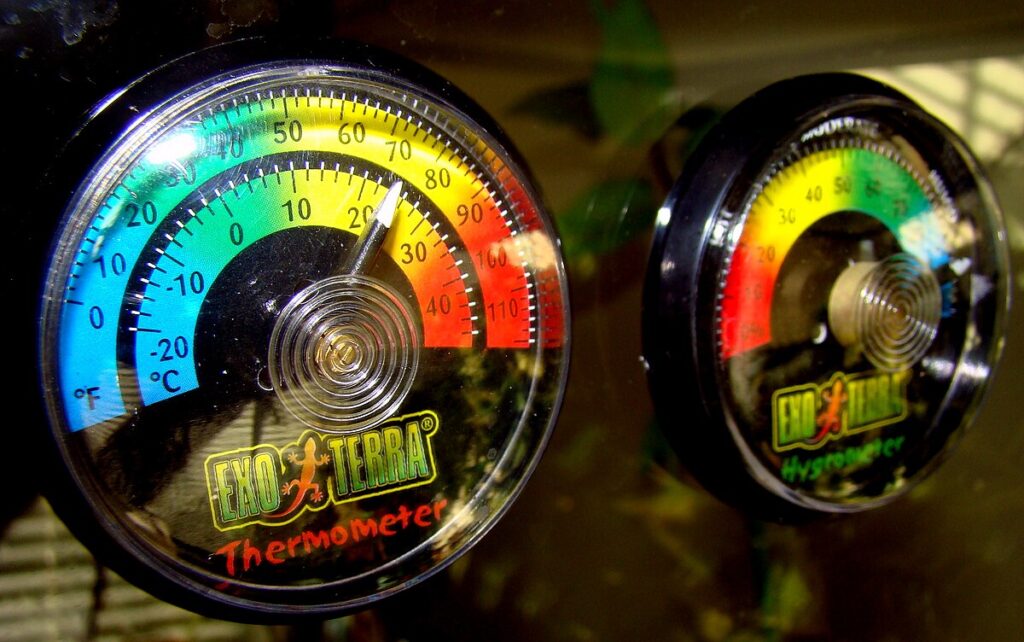
Monitor lizards have specific environmental parameters that must be precisely maintained for their health and wellbeing. As ectothermic animals, they require carefully designed thermal gradients with basking spots reaching 120-140°F (depending on species) while maintaining cooler areas around 80°F.
This necessitates powerful heating elements, multiple thermostats, and temperature monitoring systems to prevent burns or hypothermia. UVB lighting is essential for vitamin D3 synthesis and calcium metabolism, requiring specialized bulbs that need regular replacement even when not visibly burned out.
Humidity requirements vary dramatically by species—from arid conditions for desert monitors to high humidity for tropical species, often requiring misting systems, large water features, or humidifiers. Substrate choices must be appropriate for the species’ natural behaviors, whether providing burrowing opportunities or maintaining proper moisture levels. Maintaining these precise environmental conditions requires consistent monitoring, adjustment, and often automated systems to prevent dangerous fluctuations.
Behavior and Intelligence
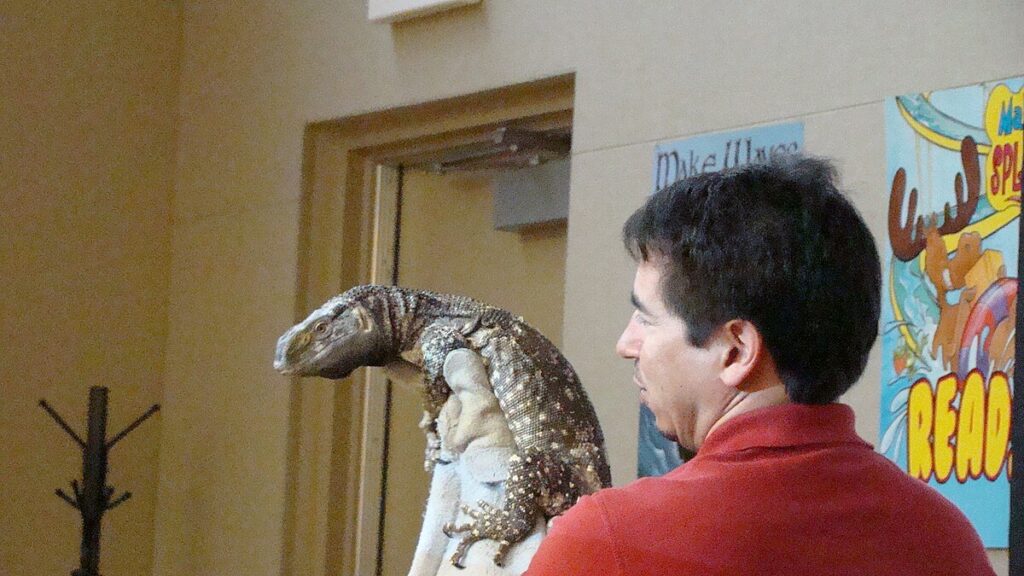
Monitor lizards possess cognitive abilities that far exceed most other reptiles, presenting both rewards and challenges for keepers. Studies have demonstrated their capacity for problem-solving, recognition of individual humans, and long-term memory formation.
This intelligence requires significant environmental enrichment through habitat design, feeding puzzles, and interaction to prevent boredom and associated stress behaviors. Many monitors display complex social interactions with their keepers, potentially forming bonds that some owners describe as similar to those with mammalian pets.
However, this intelligence also manifests in escape artistry—monitors can learn to operate simple latches, push through weak points in enclosures, and remember successful escape routes. Their powerful memory also means that negative experiences can create lasting behavioral issues that are difficult to overcome.
Successful monitor keeping requires understanding and respecting this intelligence while providing appropriate mental stimulation throughout the animal’s life.
Handling and Potential Aggression

Monitor lizards possess physical attributes that demand respect, including sharp claws, powerful jaws, and muscular tails capable of delivering significant injury when threatened. While many captive-bred and properly socialized monitors can become reasonably tame, they retain wild instincts that can manifest unpredictably, especially during feeding, breeding season, or when stressed.
Larger species present obvious risks—a full-grown Water Monitor’s bite can require emergency medical attention—but even smaller monitors can inflict serious lacerations with their claws. Proper handling techniques must be learned and consistently applied, including support for the entire body and awareness of stress signals.
Socialization should begin gradually with young animals, building positive associations through patient, consistent interaction. Some monitor species are naturally more defensive than others; for example, Black Throat Monitors generally have more challenging temperaments than Ackies Monitors. Even with extensive taming, monitors should never be handled by inexperienced individuals or children without direct supervision.
Veterinary Care Availability

Finding qualified veterinary care represents one of the most significant challenges of monitor lizard ownership. Many general practice veterinarians have limited or no experience with these specialized reptiles, and even exotic animal veterinarians may have minimal monitor-specific knowledge.
Before acquiring a monitor, locate and establish a relationship with a reptile-experienced veterinarian, confirming their willingness and ability to treat your specific species. Initial veterinary screening should include parasite testing, physical examination, and baseline bloodwork to identify any health concerns.
Ongoing preventative care involves regular check-ups, fecal examinations, and weight monitoring, which can be costly but essential for early problem detection. Emergency situations—such as egg binding in females, respiratory infections, or injuries—require immediate specialist attention, sometimes necessitating travel to distant facilities. Additionally, monitors typically require sedation for thorough examinations, increasing both risk and expense of veterinary procedures.
Lifespan and Long-Term Commitment
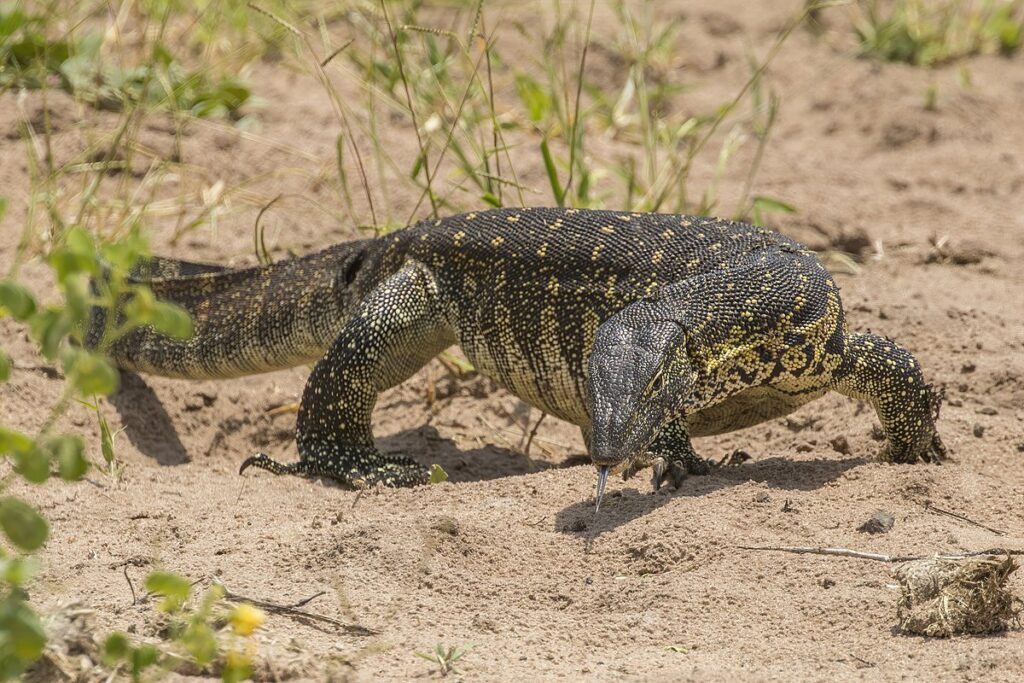
Monitor lizards represent a decades-long commitment, with most species living 10-20 years in captivity when properly maintained. Certain species, particularly larger monitors like Asian Water Monitors and Nile Monitors, can exceed 20 years with optimal care.
This extended lifespan requires planning for the animal’s needs throughout various life stages and changes in your own circumstances. Housing stability becomes a significant concern, as moving with a large monitor enclosure presents logistical challenges and finding reptile-friendly housing can be difficult.
During the lizard’s lifetime, you may experience major life changes—relationship status, career moves, or health issues—that impact your ability to provide appropriate care. Additionally, monitors grow quickly, meaning the cute juvenile will rapidly develop into a powerful adult requiring substantial resources.
Before bringing home a monitor lizard, honestly assess whether you can commit to providing excellent care through the animal’s entire natural lifespan, potentially spanning multiple decades.
Captive Breeding vs. Wild-Caught Specimens
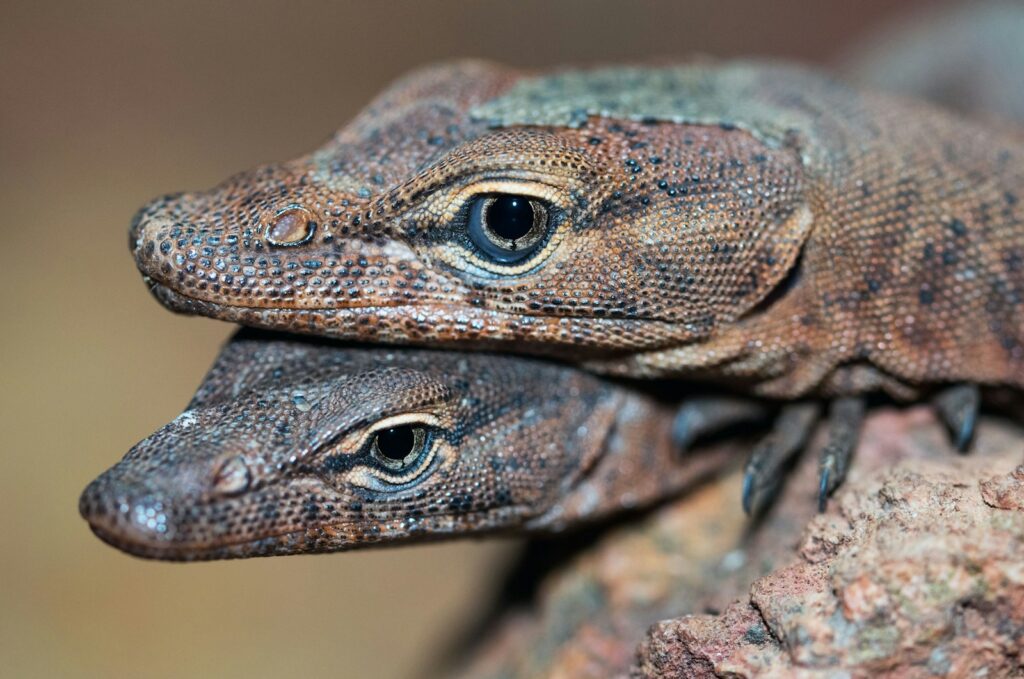
The source of your monitor lizard significantly impacts both its likelihood of success as a pet and the ethical implications of your purchase. Captive-bred specimens generally adapt better to captivity, have fewer parasite issues, and develop more manageable temperaments when socialized from a young age.
They also come with the advantage of known genetic backgrounds and health histories. In contrast, wild-caught monitors often struggle with the stress of captivity, harbor internal parasites and diseases, and may never fully acclimate to handling. Beyond individual animal concerns, the wild-caught trade contributes to population declines in native habitats and involves high mortality rates during capture and transport.
While captive-bred monitors typically command higher prices, this investment usually pays dividends through reduced veterinary costs and behavioral issues. When purchasing, always ask detailed questions about an animal’s origin, and request proof of captive breeding through documentation or speaking directly with the breeder about their breeding program.
Emergency Preparedness
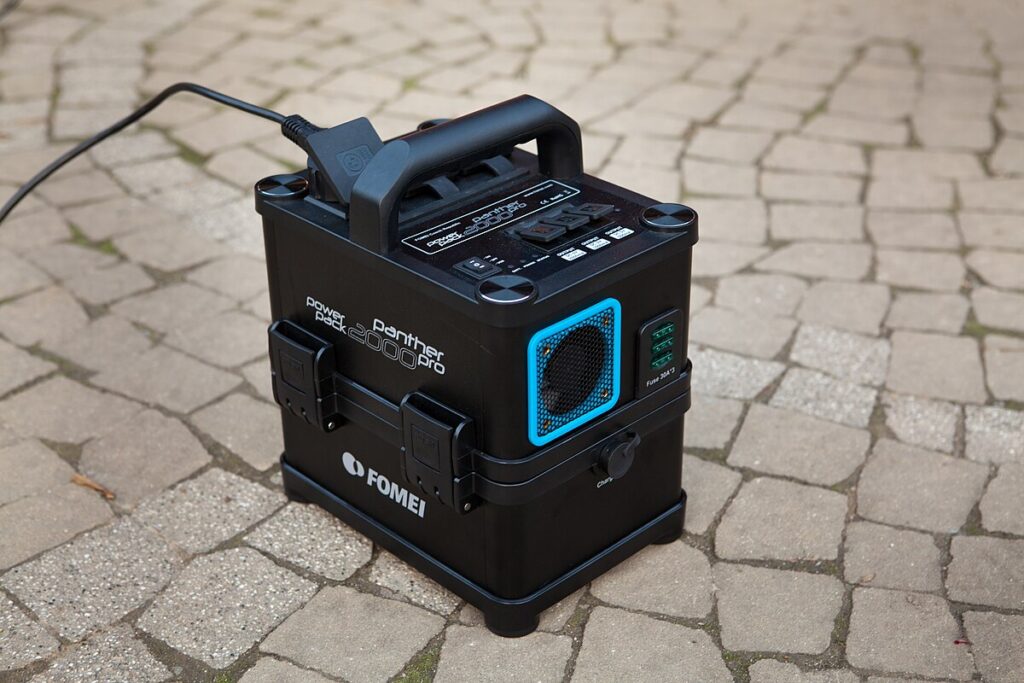
Responsible monitor ownership necessitates thorough preparation for potential emergencies. Power outages present particular danger for these heat-dependent reptiles, requiring backup heating systems such as battery-operated heat packs, generators, or propane heaters to prevent potentially fatal temperature drops.
Escape protocols should be established, including microchipping or otherwise permanently identifying your monitor, securing potential exit points in your home, and developing search strategies that account for monitors’ climbing abilities and preference for tight spaces. Medical emergencies require financial reserves—exotic veterinary care often demands immediate payment, with emergency treatments potentially costing thousands of dollars.
Additionally, owners should prepare for human emergencies by establishing care instructions and identifying knowledgeable temporary caregivers who can maintain your monitor’s complex husbandry requirements. The specialized nature of monitor care means finding qualified short-notice care can be extremely challenging without advance arrangements.
Impact on Daily Life
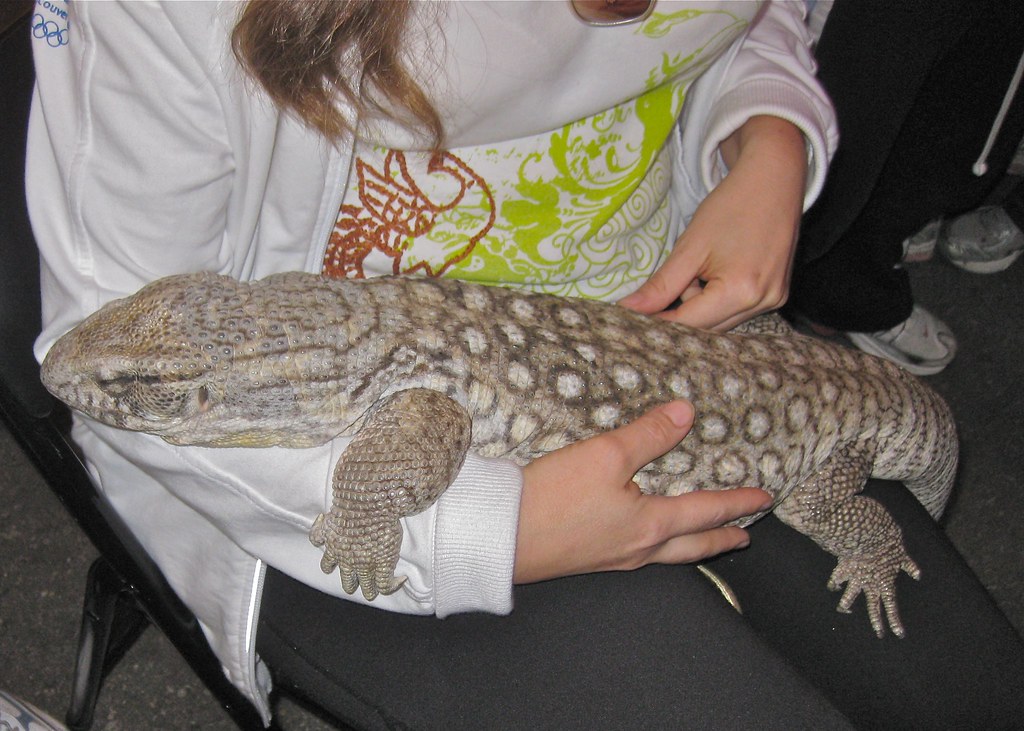
The daily maintenance of a monitor lizard represents a significant time commitment that affects numerous aspects of your lifestyle. Enclosure maintenance alone involves daily spot cleaning, regular deep cleaning of substrates, water feature maintenance, and equipment checks.
Feeding routines include not just the actual feeding but also food acquisition, preparation, and storage, which can be particularly time-consuming for larger specimens requiring whole prey items. Monitors need consistent schedules for optimal health, limiting spontaneous travel or extended absences without arranging specialized care.
The physical space required for proper housing may restrict your living options, while the associated utility costs for heating and lighting impact your monthly budget. Social considerations also arise, as not all friends, family members, or romantic partners will be comfortable with a large reptile in the home. Before committing to monitor ownership, honestly assess whether these daily responsibilities align with your lifestyle, work schedule, and personal priorities.
Choosing the Right Species for Beginners
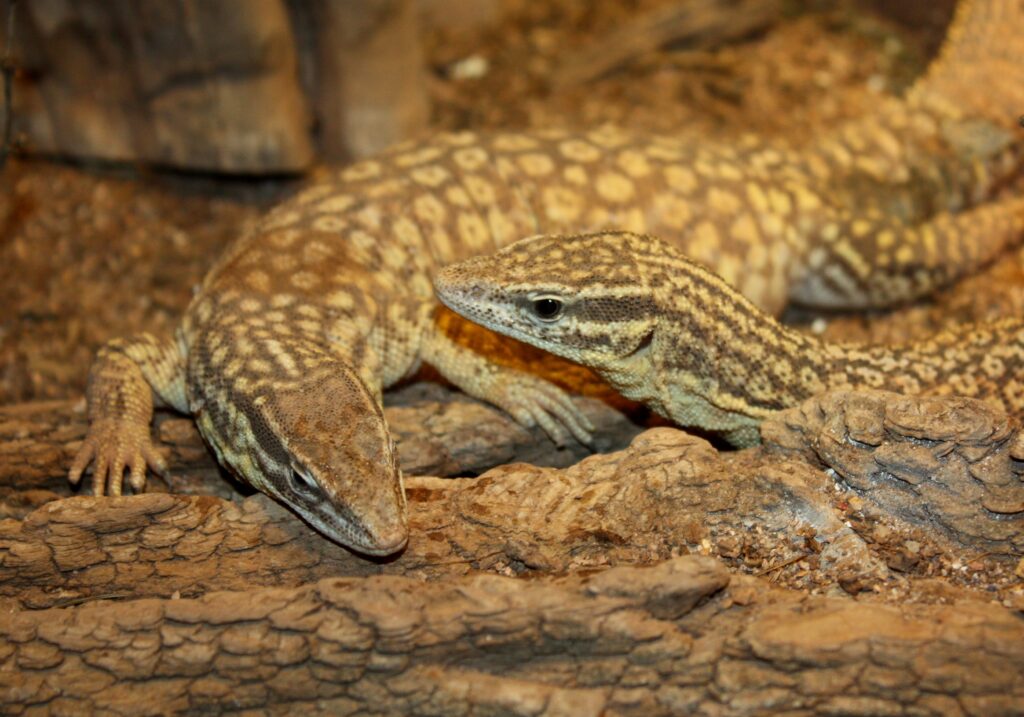
For those determined to keep a monitor lizard despite the challenges, selecting an appropriate starter species can significantly improve chances of success. The Ackie Monitor (Varanus acanthurus) stands out as perhaps the most beginner-friendly option, reaching a manageable 24-30 inches in length while displaying the intelligent behaviors that make monitors appealing.
Their relatively smaller size means more reasonable enclosure requirements, typically around 6×3×3 feet for an adult. Timor Monitors (Varanus timorensis) and Ridge-tailed Monitors (Varanus primordius) also make more appropriate first monitors due to their moderate size and generally less aggressive temperaments.
Importantly, beginners should avoid species like Nile Monitors, Water Monitors, or Black Throat Monitors, which grow extremely large, can be particularly aggressive, and have complex care requirements even experienced keepers find challenging. Regardless of species selection, prior experience with other reptiles is highly recommended before attempting monitor keeping, as the husbandry principles build upon fundamental reptile care knowledge while requiring more specialized expertise.
Bringing a monitor lizard into your home represents a profound commitment to a complex, intelligent animal with specialized needs. These magnificent reptiles can provide fascinating companionship and a unique opportunity to observe prehistoric behaviors up close. However, this privilege comes with substantial responsibility—financial investment, space requirements, specialized knowledge, and long-term dedication.
bMany monitor lizards are rehomed or abandoned when owners underestimate these commitments, creating welfare concerns and perpetuating irresponsible ownership cycles. By thoroughly researching, preparing appropriately, and honestly assessing your ability to meet a monitor’s lifelong needs, you can make an informed decision about whether these remarkable reptiles truly belong in your care. For those willing and able to provide the extensive requirements, monitor lizards offer an unparalleled reptile keeping experience that can last decades.

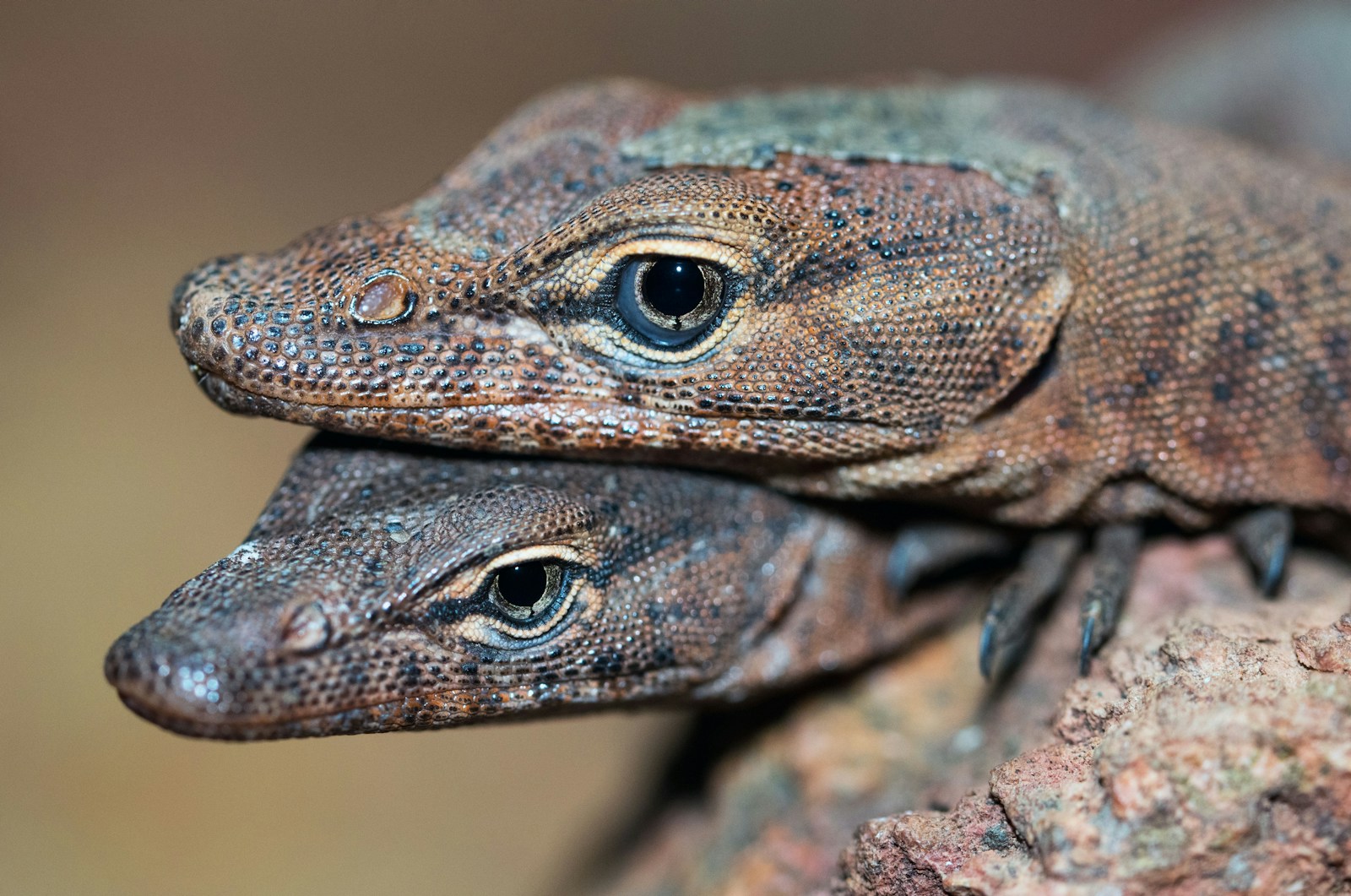
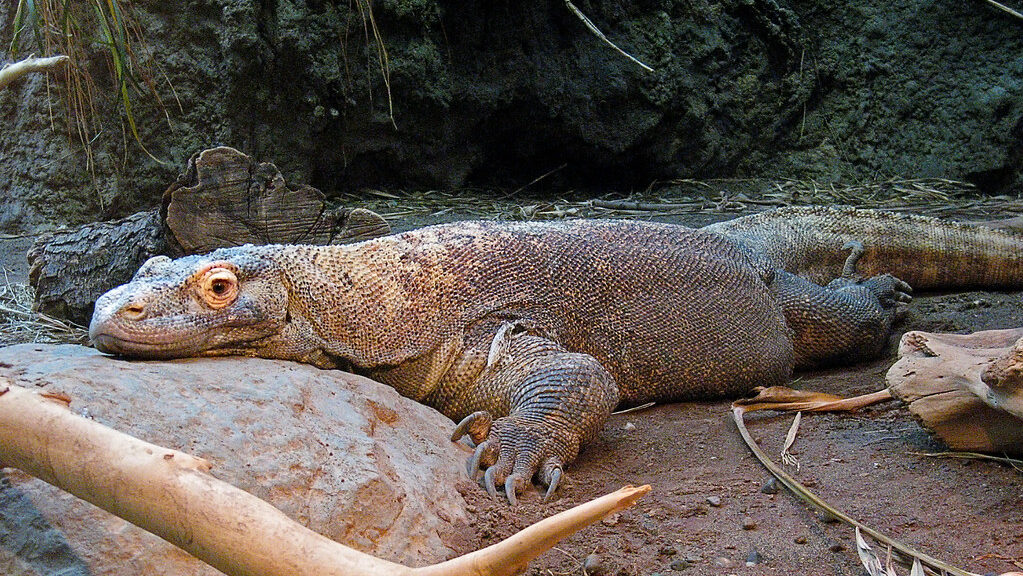
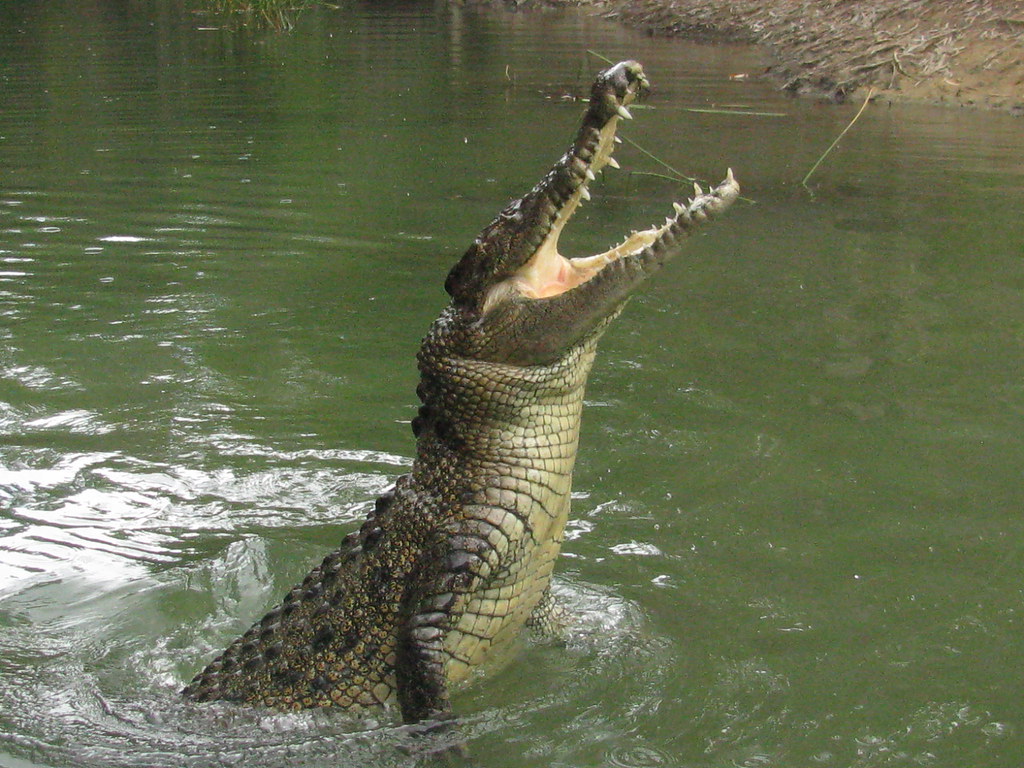
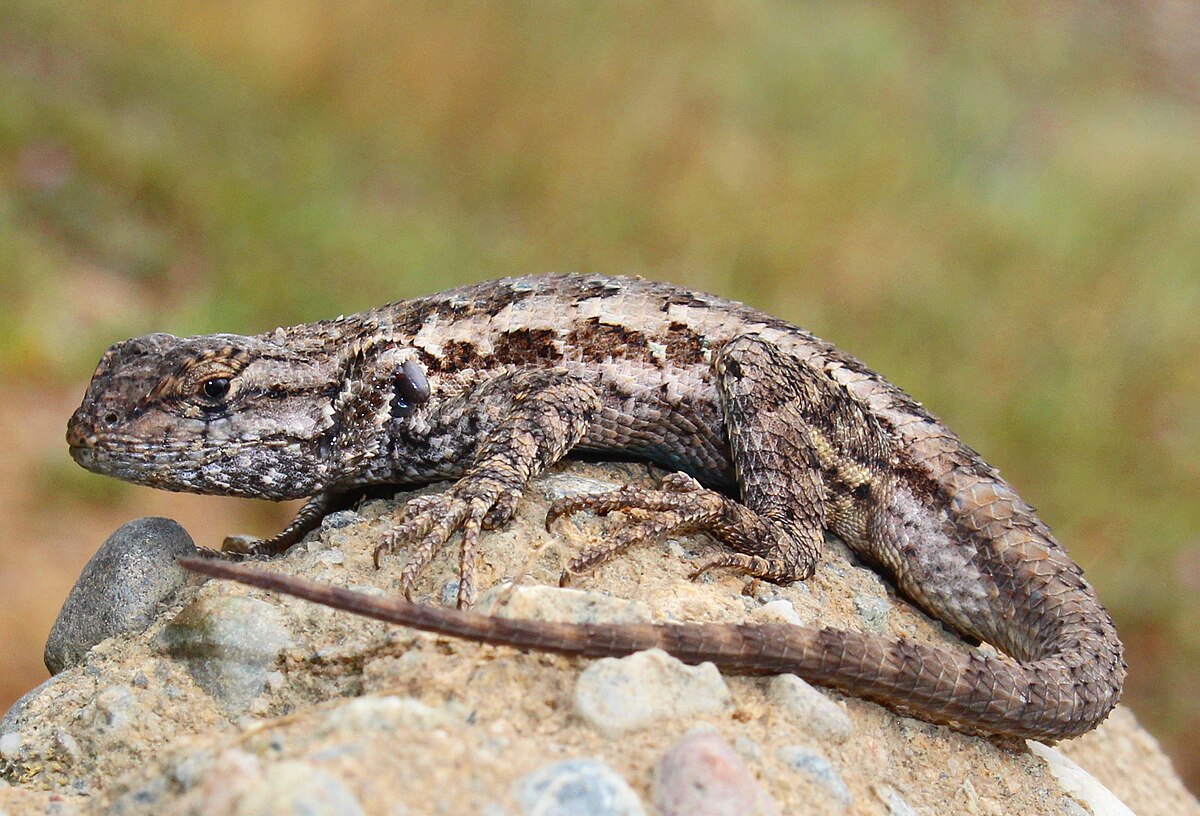
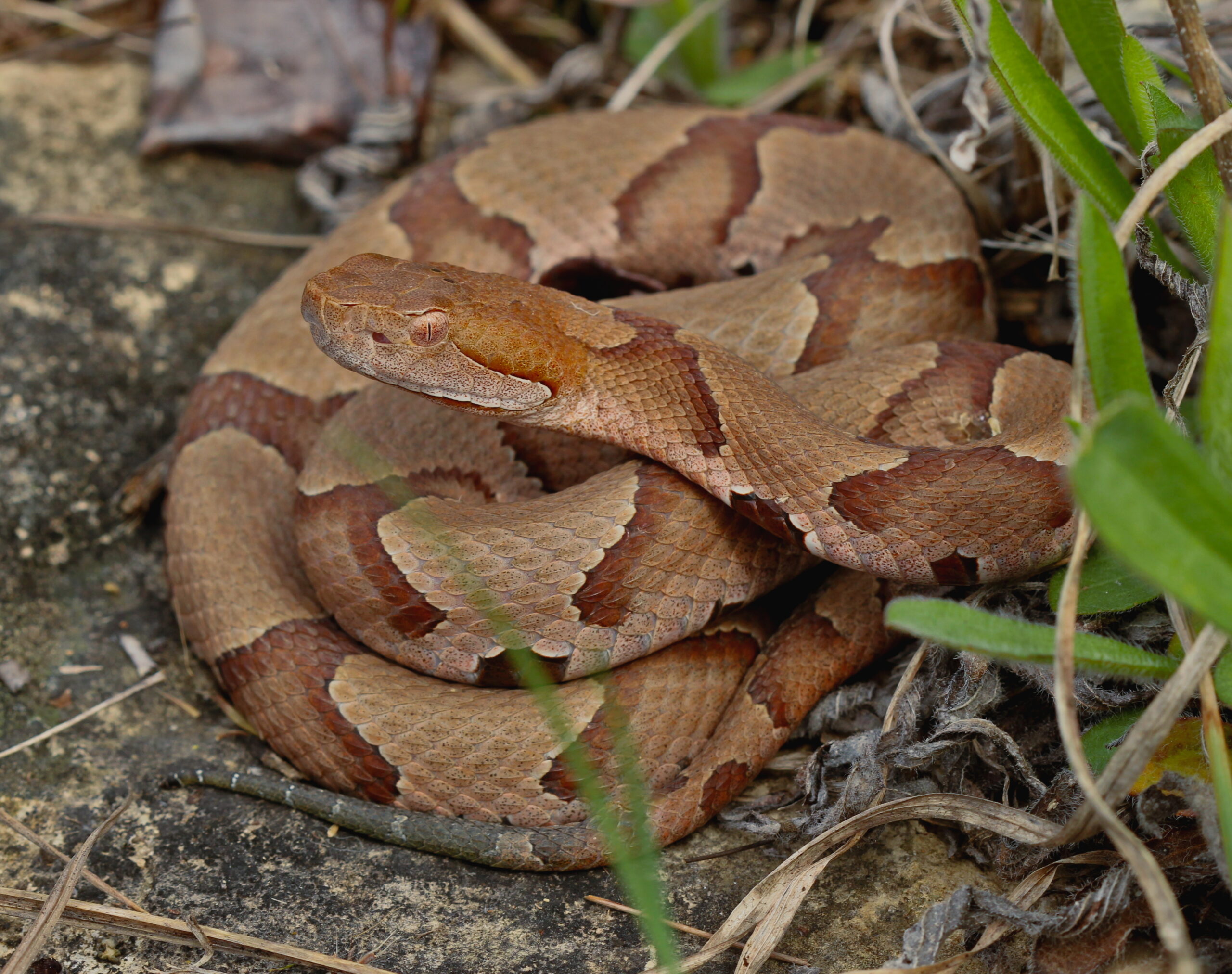
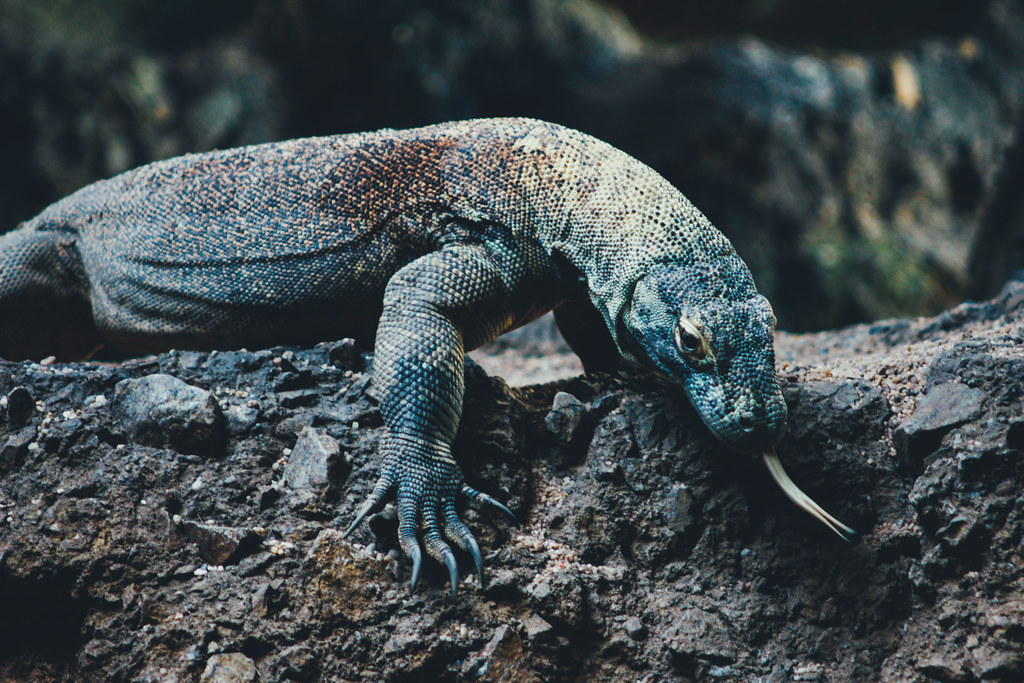
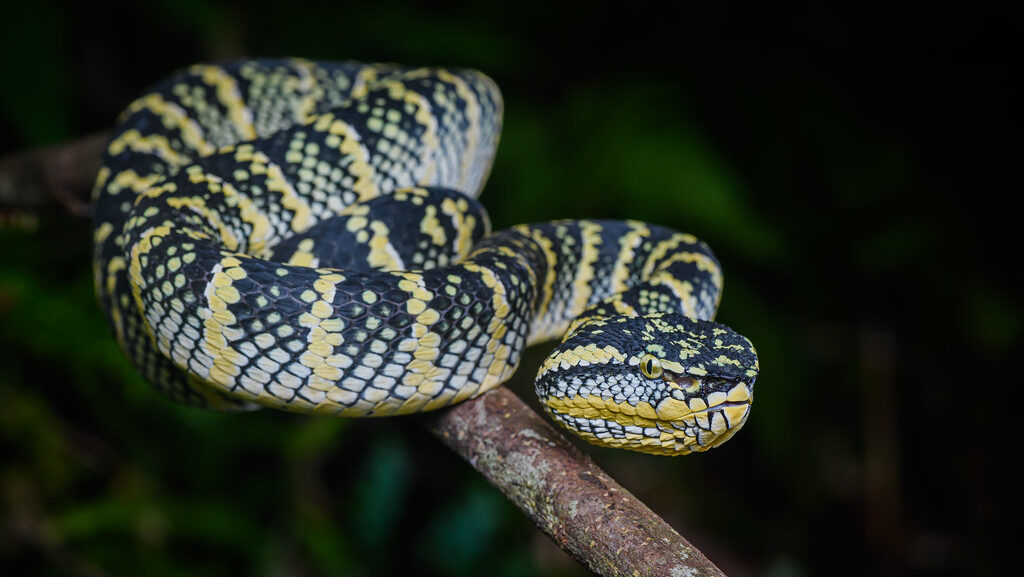
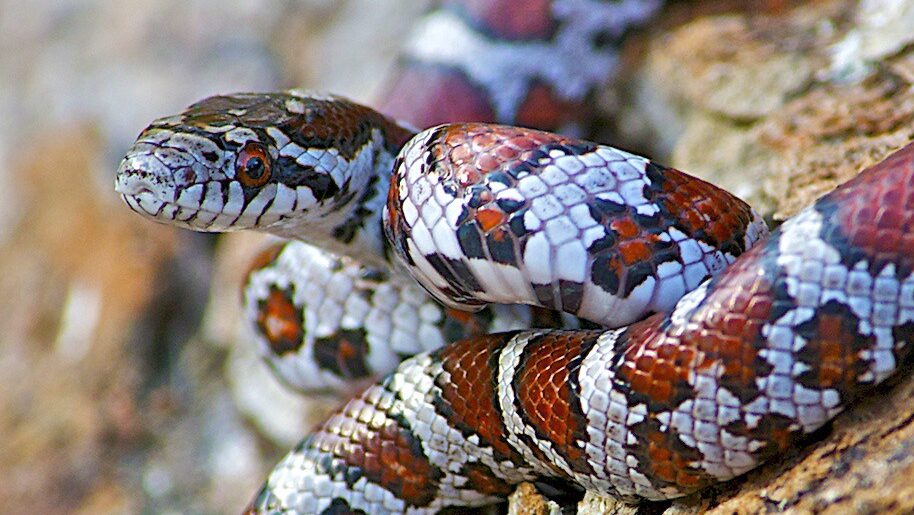

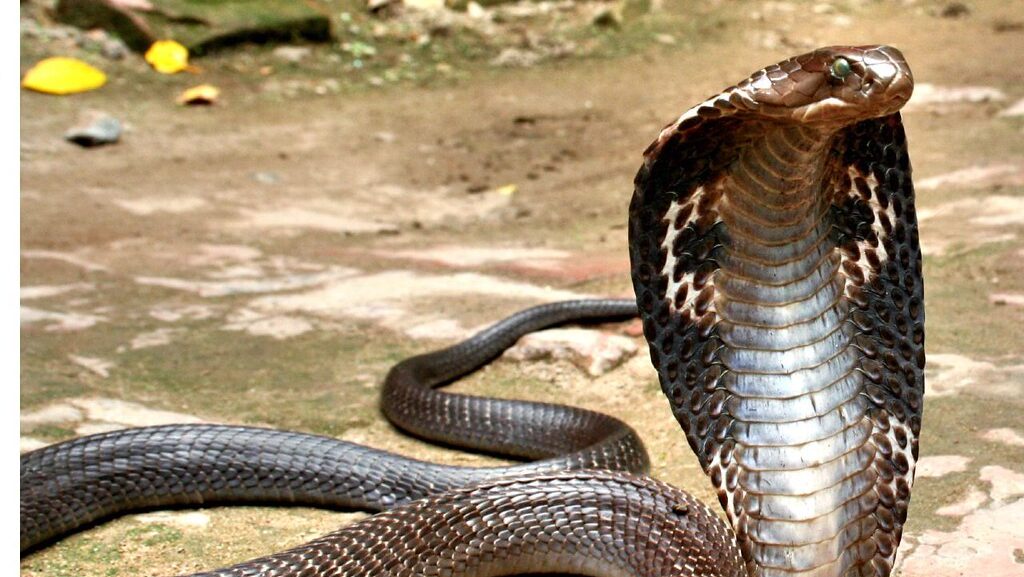
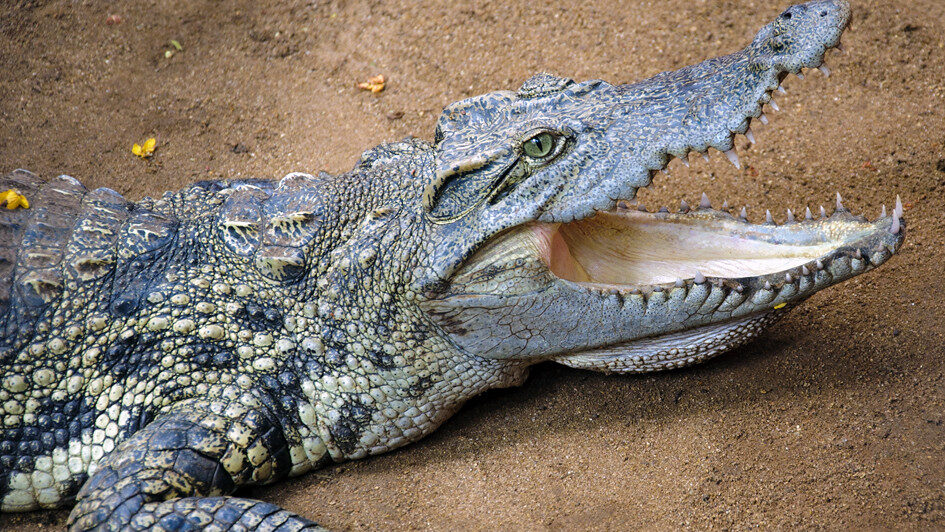
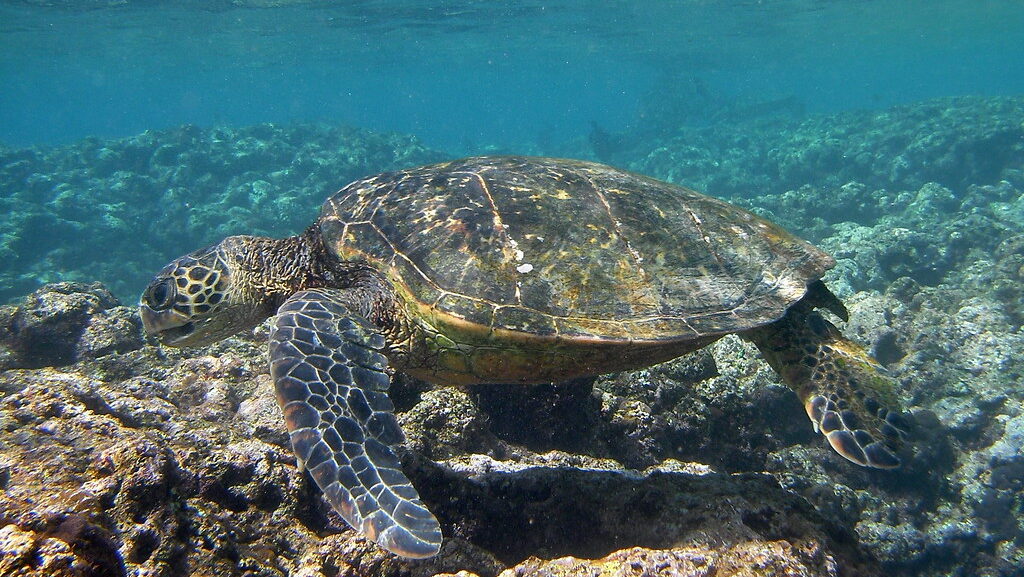
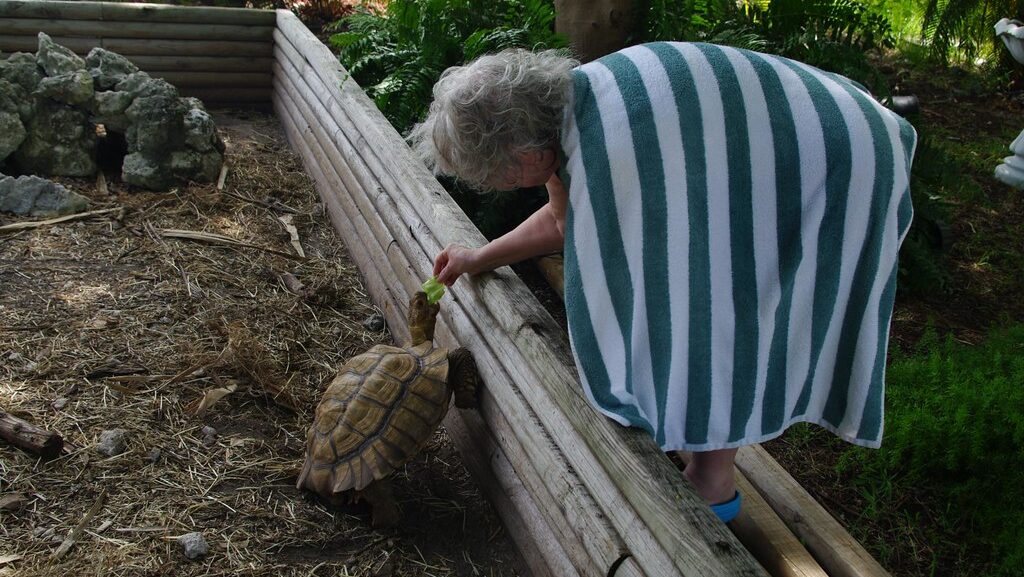
Leave a Reply